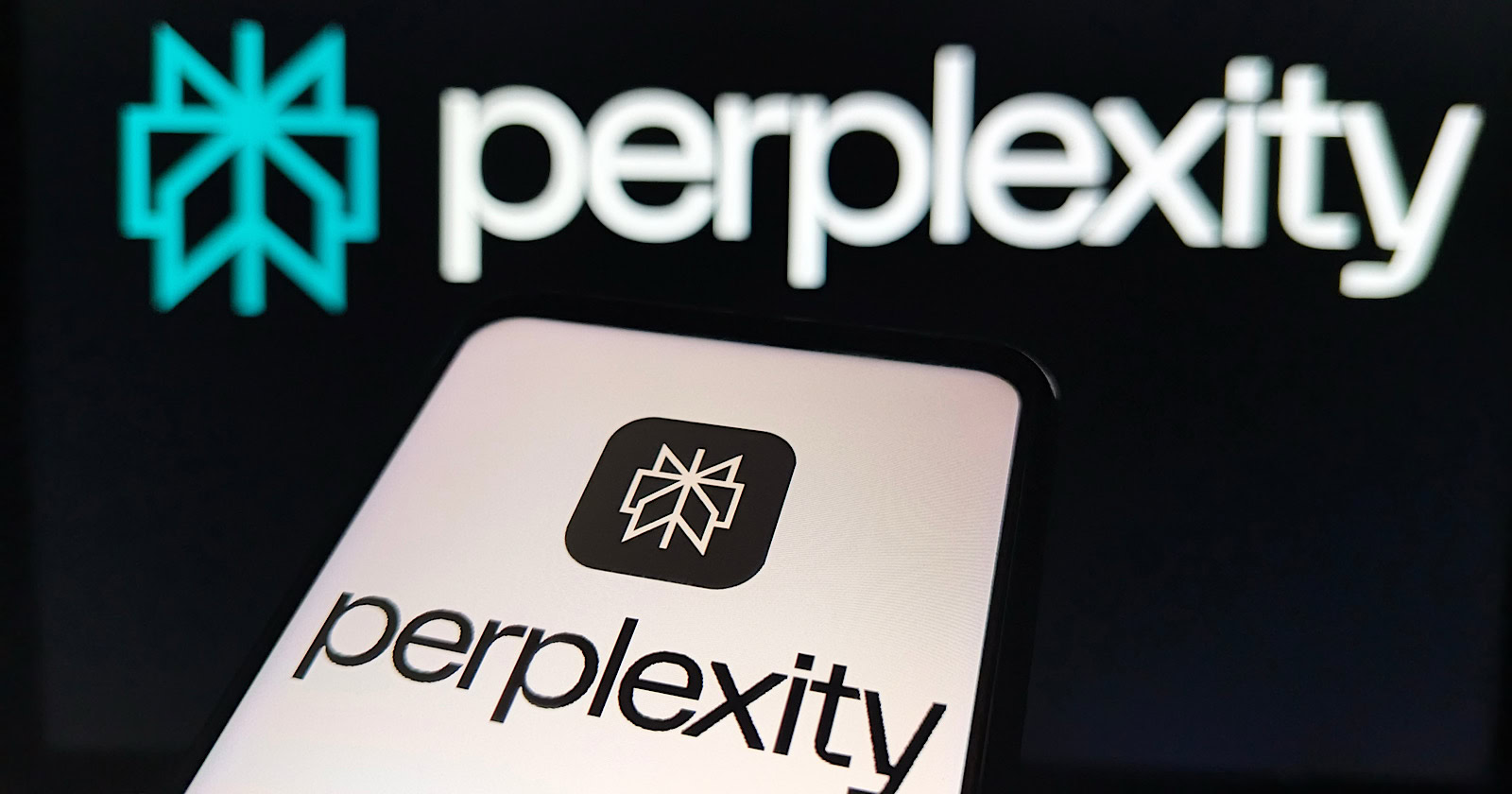How Procter & Gamble disrupted insecticides with startup brand
First fruit of P&G Ventures unit offers products billed as safe for people and pets but good at killing bugs, and already has Raid-marketer SCJ scrambling to match it.

Brands on the Rise is a regular Ad Age feature spotlighting the marketing and business tactics of successful challenger brands. Read previous installments here.
When Procter & Gamble Co. was beset by sluggish growth and market share losses last decade—including to direct-to-consumer startups—Zevo was part of the solution. The safe-for-you bug killer brand was the first to emerge from Procter & Gamble Ventures, the packaged-goods giant’s internal incubator for new technologies, brands and categories.
Entering a completely new category with a new brand definitely countered the trend for P&G at the time. The company was still in the process of shedding brands in categories such as pet care, fragrance, cosmetics, hair coloring and batteries where it concluded it couldn’t compete, as it shifted to focus on 10 core categories.
Focus worked: P&G has had a run of consistent strong top-line growth and market-share gains in its core businesses since 2018, in good times and bad. Yet it never gave up on Zevo or P&G Ventures. The brand, now five years old, has expanded from its original electric plug-mounted flying bug traps to sprays based on essential oils that promise to kill insects but not people or pets. This spring, Zevo began expanding broadly into retail outlets nationwide.
Below, a look at the brand's origin story, its marketing approach and what is next.
How it started
P&G really hadn’t launched a major new brand in a new category since Febreze and Swiffer in the late 1990s, even as direct-to-consumer startups in and around its core businesses were taking advantage of lower barriers thanks to e-commerce and digital and social media.
P&G Ventures emerged to emulate—and in some cases partner with—those DTC startups to spawn or incubate new ideas, then test them quickly via “minimum viable product” (MVP) production runs sold via limited scale digital and social media. The idea was that the launches would either fail fast and cheaply or provide learning that could lead to iterative improvements in product, marketing, or both.
“The whole idea behind P&G Ventures is to create brands in new categories where there is significant unmet need, and there hasn’t been any innovation,” said Chetan Parekh, VP of P&G Ventures.
Zevo tapped into needs caused by rising urbanization (and hence more indoor bugs) and rising consumer consciousness about the safety of products they use. “This is a sleepy category,” Parekh said, “and one consumers don’t want to buy, because who wants to be seen with an insecticide in their shopping cart?” Zevo aimed to enter a category with “a repulsive reputation” and “reframe the game,” he said.
The first Zevo product launched in 2017 was a plug-in trap with a blue light and replaceable sticky surface cartridge to attract and trap flying bugs. In keeping with the startup mentality— and the fact that P&G didn’t have much DTC in its supply chain anyway—Zevo used Shopify for fulfillment at first, according to people familiar with the matter.
Initial consumer response was encouraging. But continuing to build Zevo like a startup, P&G didn’t immediately push into mass retail. Instead, its year-two “pivot” was to launch what would ultimately become its bigger business—insecticide sprays with essential oils that P&G advertised as fatal nervous-system disruptors for insects but safe for humans and pets. These, too, sold DTC, backed by PR and social and digital media.
Zevo would keep selling the plug-in traps, improving them with a second and ultimately third-generation model. By 2019, the brand made its first foray into outside e-commerce, including Amazon, and brick-and-mortar distribution via tests with Target and Home Depot, gradually expanding into more stores nationally through 2021.
Marketing strategy
April marked a full-scale national retail launch across 11 retailers, including Target, The Home Depot, Lowe’s and Walmart, backed by the brand’s first national ad campaign from Curiosity, Cincinnati.
The brand already had more than doubled U.S. household penetration from 1.4% to 2.9% in the 52 weeks ended April 17, according to Numerator, and has increased household penetration more than sevenfold from 0.4% two years ago. None of those numbers even capture the effect of the recent national retail rollout and advertising.
Over four years, according to P&G figures, Zevo has grown by more than 100 times and is now the fastest-growing insecticide brand in the U.S. Its Model 3 (third generation) plug-in trap is already the single top-selling insecticide item in the U.S., according to P&G. (Remember the MVP concept? The original product already has been substantially redesigned twice.)
A key insight powering Zevo—both for consumers and retailers—is that lots of people have indoor insect problems that they’re somewhat ashamed of, but often not so much that they’re willing to use traditional chemical insecticide brands, which they consider dangerous for their families and pets.
A recent P&G survey found more than 85% of people express concern about using insecticide sprays in their homes, and over 50% of people opt out of the category or otherwise alter their behavior to avoid using them. Post-purchase surveys by P&G find 60% of Zevo buyers hadn’t bought any products in the category over the past 12 months.
New advertising captured that shame-to-relief story as people with bug problems discover Zevo can safely combat them. The ads delivered some of the highest copy-test scores P&G has ever had, said Peyton Sutton, VP of account management at Curiosity (Parekh confirms this).
Tipping point
The biggest tipping point came with April’s national retail rollout and ad campaign, which is producing explosive sales growth after a steady if slow five-year buildup. But essentially the brand has met or exceeded all its targets throughout its slow build since 2017, Parekh said.
Key players
For a smaller brand, Zevo has been touched by a large number of marketing and general management executives since its initial launch in 2017. But Parekh currently leads the brand.
Curiosity, the agency behind the new national campaign, was also involved with Zevo’s initial 2017 launch as an agency P&G historically has used for upstream product development, though other agencies have played a role in intervening years. Today, the “three Cs” marketing-services team on Zevo also includes Citizen Relations for PR and Dentsu’s Carat for media.
Competition
One indication Zevo may be onto something is that SC Johnson, owner of the indoor insecticide leader Raid, last month launched its own new natural-positioned insecticide brand, Stem, to counter P&G’s national rollout.
What others are saying
Zevo gets generally good reviews on Amazon (e.g. 4.6 out of 5 stars for the ant and roach spray, 4.4 stars for the current generation of plug-in trap). Some people revise their ratings upward after giving it time.
Gary Stibel, CEO of New England Consulting Group, said Zevo has been a success in a sense, and could grow to become a $50 million brand over time. But he said P&G looks for brands that can reach well into nine-figure sales, and he has doubts about the product’s efficacy or how big the indoor insecticide business ever can be.
Stibel said venture groups inside big consumer packaged goods companies such as P&G generally have failed because they’re too generous with resources and too lenient on reaching performance benchmarks. Lack of any hits following up on Zevo is evidence of that, he said. Tech and healthcare venture groups perform better, he said, because they hold their venture units to higher standards.
P&G and other CPGs do better when they use joint ventures with outside players rather than internal venture groups, Stibel said, pointing to the success of the 2020 Microban 24 antiseptic cleaner launch (though it’s worth noting that P&G Ventures also includes joint-venture works in addition to fully internally developed products).
What’s next
Despite Stibel’s doubts, Parekh said Zevo has considerable upside for growing into nine-digit sales, largely because it can expand the indoor pesticide well beyond the current limitations wrought by fear of using chemicals indoors. He also said Zevo has considerably untapped global potential. “Ultimately I think it could be an 11th category” for P&G, he said. Zevo is already preparing to move beyond insecticides to include mosquito repellents aimed at overcoming similar concerns people have about that category.
SC Johnson’s Stem already includes a rosemary-oil-based repellent. But Parekh said entry of another big-CPG competitor helps prove the case for Zevo and could help grow the segment further.
And while P&G Ventures has had many failures, he said, that’s by design for an arm of the company built to assess promising ideas in market with real products rather than simply rely on an endless stream of concept tests.
What big brands can learn
The idea of P&G Ventures is “taking the best of the startup world with the best of P&G and creating literally hundreds of startups,” said P&G Chief Brand Officer Marc Pritchard. “Zevo is one that was created, iterated and finally figured out their launch model on DTC and then how to make it work at retail. It’s a good model.”
For brands big or small, the lesson from Zevo is “the importance of digging deeper into consumer insights,” Parekh said. “Two, how do you come into a category regardless of whether you’ve been there 50 years or you’re a new entrant and reframe the game … and delight people in unexpected ways?”

 Tfoso
Tfoso 






























